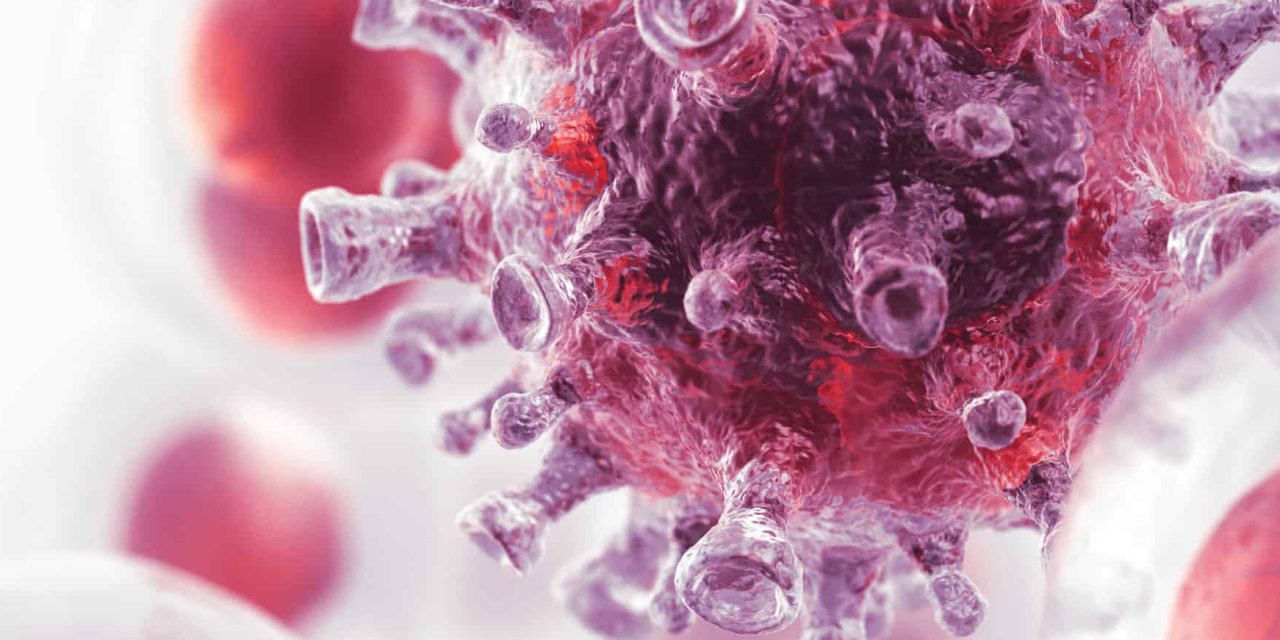The introduction of direct-acting antivirals (DAAs) has revolutionized hepatitis C treatment. Short courses of treatment with these drugs are highly beneficial to patients, eliminating the hepatitis C virus (HCV) without adverse effects. However, this outstanding success is tempered by the continuing difficulty eradicating the virus worldwide. These new treatments are slowing the epidemic in some parts of the world, but the screening of subjects for treatment remains a difficult task. In other parts of the world and in specific populations, the epidemic is continuing to spread, via various modes of transmission, including unsafe medical procedures and intracommunity transmission in low-income countries, and principally intravenous drug use in high-income countries. Modeling studies have shown that, globally, the number of subjects cured by DAAs only slightly exceeds the number of new infections. Eradication thus remains a distant goal. Moreover, DAAs eliminate the virus efficiently, but they cannot prevent reinfection in subjects with persistent risk factors. More importantly, they do not completely eliminate the risk of a residual fibrotic process and the development of hepatocellular carcinoma. For all these reasons, the development of a prophylactic vaccine against hepatitis C remains a necessity. Modeling studies have shown that such a vaccine, even if only partially protective, would reduce the epidemic in the highly exposed drug-user population. If used in combination with the hepatitis B vaccine, it could contribute to WHO global viral hepatitis control plan.
This article is protected by copyright. All rights reserved.
Hepatitis C vaccine: 10 good reasons for continuing.



Create Post
Twitter/X Preview
Logout